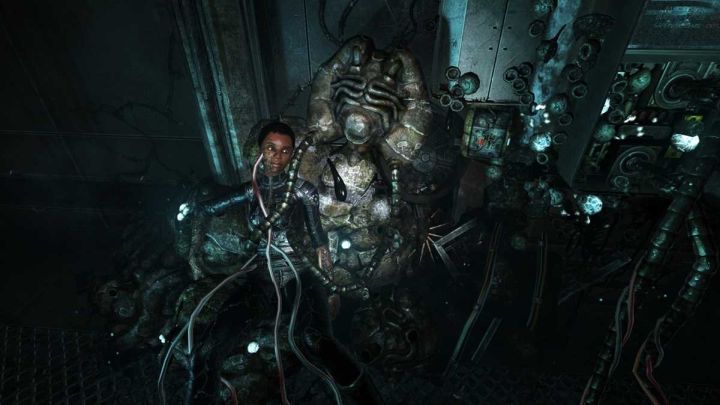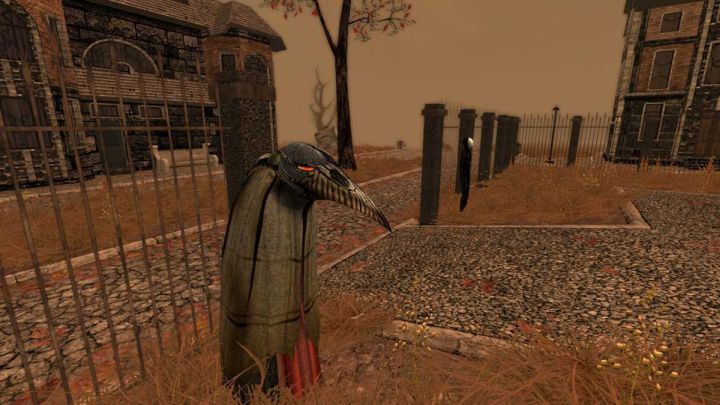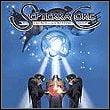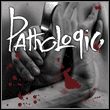SOMA. 10 great, but boring games

- 10 Ambitious Games That Were Boring!
- ARX Fatalis
- What Remains of Edith Finch
- SOMA
- Lionheart: Legacy of The Crusader
SOMA

Release date: 2015
Developer: Frictional Games
What makes the game unique: A bold combination of dark depths and technology
What makes it boring: Endless locations and a small number of activities
SOMA is beautiful in its own, terrifying way. On the one hand, it reminds us a bit of BioShock, on the other, it adds its own style, known at least from Penumbra. The combination of the darkness of the depths and the atmosphere evocative of Lovecraft's, with some ideas that only come from Frictional Games, together with Giger's biomechanics, makes it impossible to take your eyes off the screen, which is full of stunning vistas. Unfortunately, it only gets worse after that.
The plot isn't bad, but it really is stretched thin. In fact, the whole thing could be boiled down to an hour of gameplay. Most of the time is filled with wading through deep-sea passages or the sea floor. It has its charm, but with time, it becomes boring, especially that the locations are full of life only ostensibly. Nothing really happens there – there's a lack of enemies and various types of collectibles.
The music, while great for building the atmosphere in the first stages of the game, starts to doze off at some point. Especially when we have to take the same route yet again. If SOMA was at least half as long, it could easily be considered an outstanding tour de force, captivating in atmosphere and telling a good story. Unfortunately, it was stretched by the creators so much that it almost burst at the seams. With SOMA, even the buggy Amnesia: Rebirth seems like a much less tedious piece of horror.
Pathologic (original version)

Release date: 2005
Developer: Ice-Pick Lodge
What makes the game special: The stuffy, small-town atmosphere, the difficult ethical choices and the multi-threaded storyline
What makes it boring: You walk as slowly as you can through the whole city, from one point to another, which takes practically most of the time you need to complete the game; you have to cover the same routes repeatedly, so you walk as slowly as you can through the whole city once again... Did I mention that the game is slow as hell?
Don't get me wrong – in its own way, Pathologic is one of the most outstanding games ever made. It's a theater show, a book, and a movie, before it's a video game. Unfortunately, it performs much better in the first three categories than the last. The worst part is the protagonist's movement speed. He moves through the city at a snail's pace, although the plot would suggest that he should try to get to all the important places as hastily as possible.
The Russian developers probably wanted to force the player to choose certain solutions, and emphasize that there isn't enough time for everything. Except that it could have been done in a completely different way, for example by speeding up the passage of time while moving around the city, and giving the character the ability to run instead. This was done by the authors of one of the modifications, unfortunately disrupting the gameplay and making the game unstable.
Today, Pathologic seems more relevant than ever. The fight against the epidemic and the difficult ethical choices the protagonists of the game face (the game can be played by three different protagonists), combined with the well-written dialogues could make this production one of the best in its genre. Unfortunately, the terrible gameplay and clunky controls discourage you from completing the main storyline, making every walk around the town completely drowsy. Fortunately, in this case, the creators learned their lesson. Pathologic 2, while essentially remaining a remaster of the first installment with a few innovations, fixes most of the original's flaws. If you haven't yet had a chance to fight the epidemic in the game by Ice-Pick Lodge, forget the 2005 original and start with the 2019 one.







